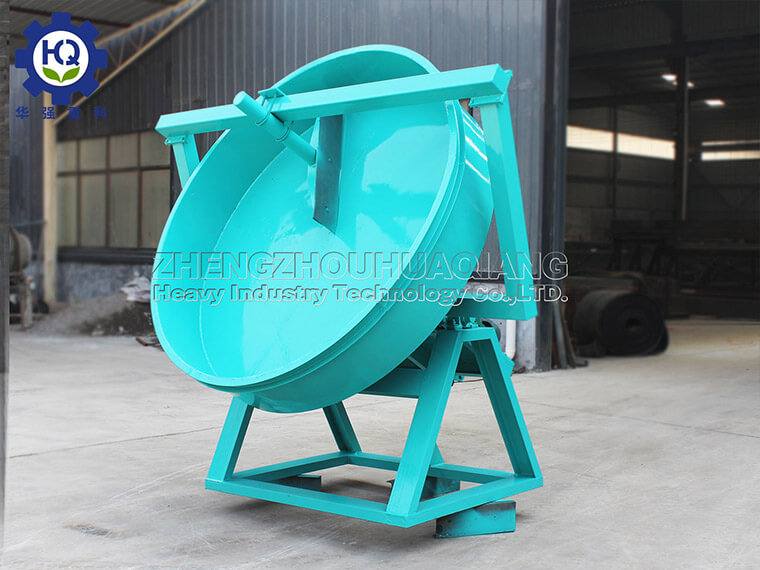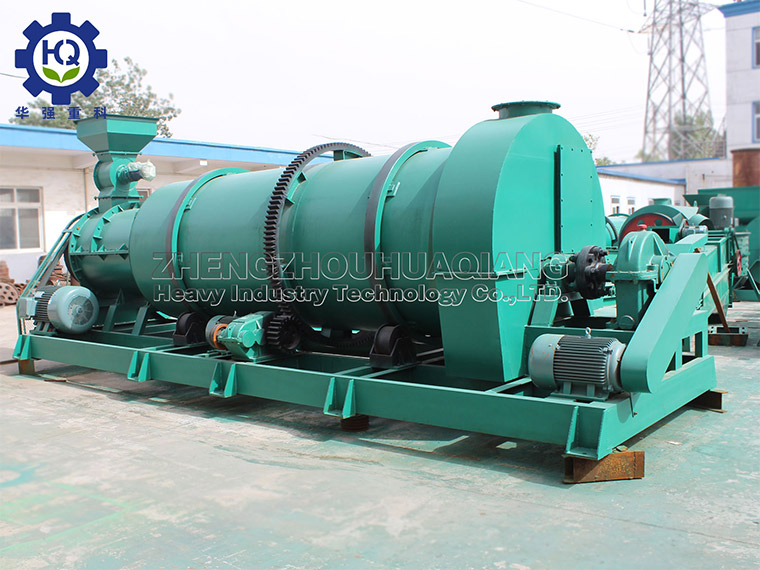Fertilizer granulators play a crucial role in NPK fertilizer production lines, however, due to high-intensity continuous operation and complex production environments, they may encounter some common malfunctions. Identifying and resolving these issues is crucial for maintaining the smooth operation of the production line. The following are several common types of malfunctions and their possible causes of fertilizer granulators in NPK fertilizer production lines:
1. Uneven particles or difficult molding
Improper moisture content of raw materials: Excessive or insufficient moisture content can lead to difficulty in shaping or poor shaping of particles.
Mold wear or blockage: The enlargement of the mold aperture or blockage by foreign objects can affect the size and appearance of particles.
2. Overheating of fertilizer granulator
Poor heat dissipation: Poor ventilation or failure of the heat dissipation system leads to heat accumulation.
Overloading: Overloading operation can cause the motor or other components to overheat.
Insufficient lubrication: Lack of sufficient lubrication can increase friction and generate more heat..jpg)
3. Abnormal noise or vibration
Loose or damaged parts: Loose or damaged bolts, bearings, or other internal components can cause vibration and noise.
Unbalanced load: Uneven material distribution or asymmetric mechanical components may also cause such problems.
4. Decreased production
Equipment aging: Over time, the performance of the equipment naturally deteriorates, leading to a decrease in output.
Improper operation: Incorrect operation settings or parameter adjustments can also cause a decrease in production capacity.
5. Motor malfunction
Overload operation: Continuous operation beyond rated power can cause the motor to burn out.
Power fluctuation: Unstable voltage may damage the electronic components of the motor.
Short circuit or insulation damage: Aging or damage to wires can cause circuit problems.
6. Lubrication system issues
Insufficient oil level: Failure to replenish lubricating oil in a timely manner can cause dry wear of components and accelerate wear.
Oil contamination: Impurities mixed into lubricating oil, reducing lubrication effectiveness and even damaging the lubrication system.
Solution suggestion:
Regular inspection and maintenance: Follow the manufacturer’s recommended maintenance plan and regularly inspect all parts of the equipment, especially areas that are prone to wear and tear.
Correct operation and adjustment: Strictly follow the operating procedures, adjust equipment parameters in a timely manner, and ensure optimal working conditions.
Timely replacement of parts: Once severely worn or damaged parts are found, they should be replaced immediately to avoid small problems escalating into major malfunctions.
Improve working environment: Maintain good ventilation in the workshop, layout reasonably, avoid excessive accumulation of dust, and reduce equipment burden.
Professional training: Provide professional training to operators and technicians to enhance their problem-solving and emergency response abilities.
By taking the above measures, not only can the failure rate of fertilizer granulators in NPK fertilizer production lines be reduced, but the service life of the equipment can also be extended, ensuring the stable and efficient operation of the production line.


.jpg)





